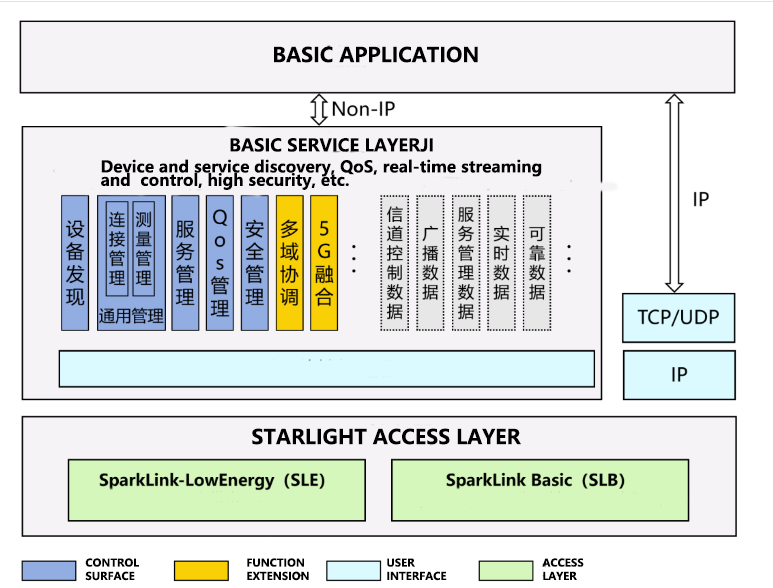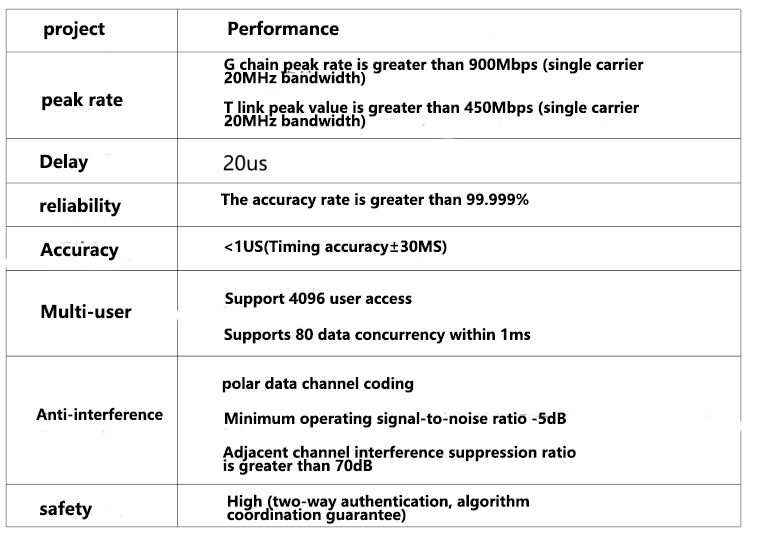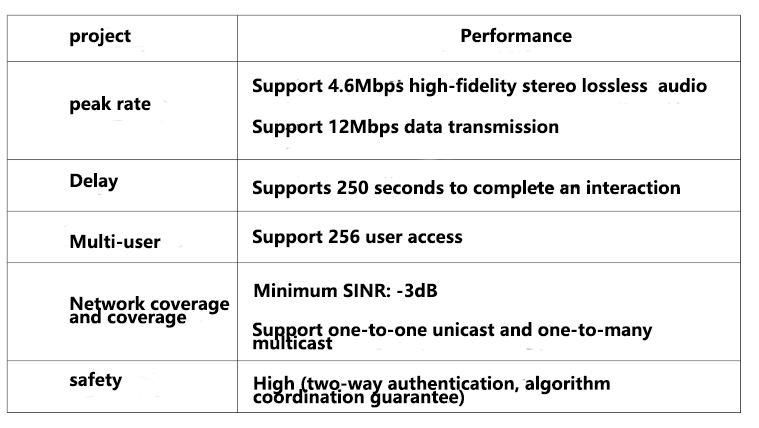Three-Tier Architecture of Nearlink
In the wave of digital transformation, IoT (Internet of Things) technology is emerging as the link that connects the world, seamlessly integrating various smart devices into a cohesive whole. Against this backdrop, Nearlink is making its mark as a key hub for connecting the future. This article will introduce the three-tier architecture of the Nearlink system, including the foundational application layer, foundational service layer, and Nearlink access layer. Additionally, it will cover two communication interfaces within the Nearlinkaccess layer: SLB (Basic Access) and SLE (Low Power Access).
The three-tier architecture overview of Nearlink:

Basic Application Layer:
Implements multifunctional applications for various scenarios, serving sectors such as automotive, home, audio-visual, and more. Provides rich functionalities, enabling widespread applications of the Nearlink system across different industries.
Basic Service Layer:
Comprises multiple foundational functional units, offering support for upper-layer applications and system management. Delivers robust foundational support to ensure system stability and reliability.
Nearlink Access Layer:
Provides two communication interfaces, SLB (Basic Access) and SLE (Low Power Access), catering to Wi-Fi and Bluetooth network scenarios, respectively.
SLB (Basic Access):
Pursues high bandwidth, large capacity, and high precision.
Supports single/multiple carriers, operating in the 5GHz unlicensed frequency band.
Bandwidth ranges from 20MHz to 320MHz, supporting various modulation schemes.
Utilizes technologies such as ultra-short frames, multi-point synchronization, asynchronous HARQ, etc., to enhance communication performance.

SLB
SLE (Low Power Access):
Emphasizes low power consumption, low latency, and high reliability.
Uses single-carrier transmission, operating in the 2.4GHz unlicensed frequency band.
Supports bandwidths of 1MHz, 2MHz, and 4MHz, with various modulation schemes.
Features include reliable multicast, short-latency intercommunication, secure pairing, etc., taking energy-saving factors into full consideration.

SLE
Guided by starlight, Nearlink is about to be introduced by OFX (O-Net Communications), injecting new vitality into the development of smart devices. In this digitized celestial landscape, Nearlink is poised to lead the way as the light of the future, unlocking greater possibilities for connectivity.






